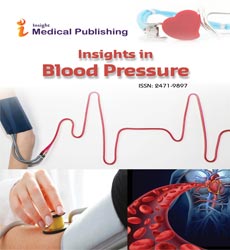Abstract
Depression in patients with peripheral arterial disorder
Background/objective:The aim of the present study wasto examine the association of depressive symptomatology with PAD, independently of traditional risk factors.
Method: The sample comprised of 300 individuals (Mage=65.3±8.7 years, 61.0% female) recruited from the offices of 33 general practitioners. Based on at-rest ankle-brachial index (ABI) values and claudication symptoms, four subsamples were formed: clear PAD-positive, clear PAD-negative, ABI-negative but symptomatic, and anon-compressible-artery group. The role of depression (assessed by a shortened version of the BDI), in predicting PAD status was examined using multinomial logistic regression analysis – controlled for sex, age, hypertonia, diabetes, smoking, hazardous drinking, and body mass index.
Results: Depressive symptomatology was significant in predicting PAD status for the clear PAD-positive(OR: 1,48 (1,33-165) ), theABI-negative but symptomatic(OR: 1,37 (1,22-1,53)) andfor the non-compressible-artery group.
Author(s):
Dr.Gergely Tóth-Vajna
Institute of Behavioural Sciences, Semmelweis University, 1089 Budapest
Abstract | PDF
Share this

Google scholar citation report
Citations : 71
Insights in Blood Pressure received 71 citations as per google scholar report
Abstracted/Indexed in
- Google Scholar
- China National Knowledge Infrastructure (CNKI)
- Directory of Research Journal Indexing (DRJI)
- WorldCat
- Secret Search Engine Labs
Open Access Journals
- Aquaculture & Veterinary Science
- Chemistry & Chemical Sciences
- Clinical Sciences
- Engineering
- General Science
- Genetics & Molecular Biology
- Health Care & Nursing
- Immunology & Microbiology
- Materials Science
- Mathematics & Physics
- Medical Sciences
- Neurology & Psychiatry
- Oncology & Cancer Science
- Pharmaceutical Sciences
